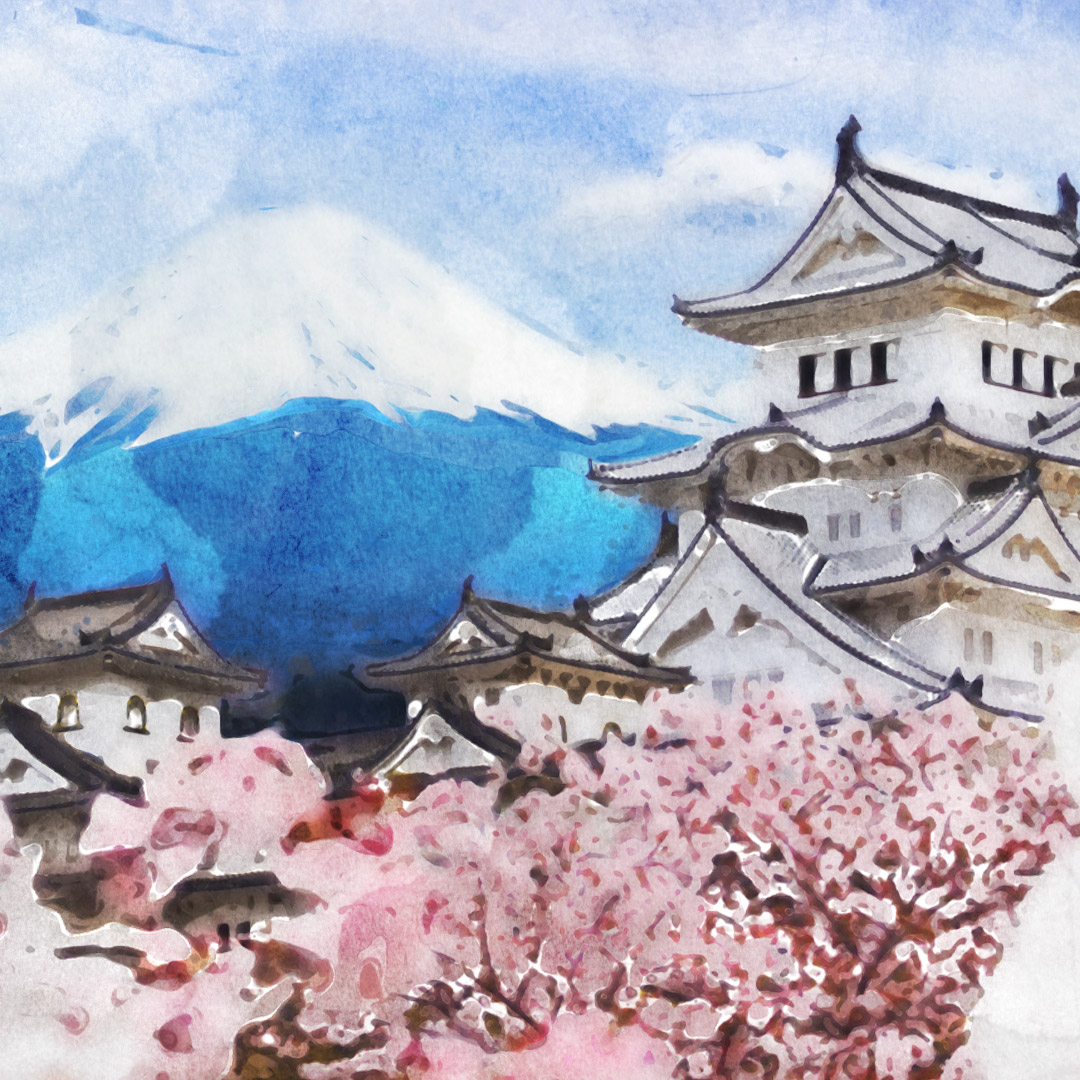These Japanese’s meditations are parts of the Shin-shin-toitsu-do, Japanese yoga exercises, which help to develop willpower and self-awareness, while improving physical and mental health(2).
Just as writing can become calligraphy when it’s creatively, skillfully, and consciously performed, so can all other activities become art. In this case, we are reflecting upon life itself as an artistic statement—the art of living.
-Nakamura Tempu Sensei
The techniques were developed by Nakamura Tempu Sensei to guide his students to improve their health and spiritual enlightenment(1). He designed Shin-shin-toitsu-do after realizing that the mind and body are one while he was in the tutelage of an Indian yogi(1). During this period, Nakamura Sensei learned how the human body is a reflection of a person’s thoughts and emotions. That was the source of his inspiration to create the Shin-shin-toitsu-do technique(1).
Muga Ichi-Nen Ho Meditation
Muga Ichi-Nen Ho Meditation helps the practitioners coordinate their mind and body by bringing the mind in the present moment(1).
Introduction
Muga Ichi-Nen Ho Meditation is a Japanese meditation technique that you can practice at any moment and anywhere(1). The method involves bringing the meditator’s mind to the present moment in which the body exists. This technique allows the meditators to synchronize their mind and body(1). The technique helps you successfully perform Shin-shin-toitsu-do, which is the Japanese yoga involving the movement of both mind and body(1).
The technique requires the practitioners to focus on an object gently in order to harmonize their mind and body(1). It encourages the meditators to actually see the object of meditation and pay attention to it until they can forget their sense of self. Once all the aspects of the object are observed, the meditators must remove it from sight, but still be able to visualize it in their mind(1).
Reality is now, and in the now, we can experience the true nature of the universe and the universal mind.
-Nakamura Tempu Sensei
Origins
“Muga” means “no self,” but you can consider it as “no self-consciousness” for better understanding the idea(1). “Ichi-nen” means “one thought,” and “ho” means a “method” or “exercise(1).” However, just learning the meaning of the terms is not the same as realizing the state of mind one can achieve by practicing Muga Ichi-Nen Ho. You need to experience it through practice to achieve that(1).
Anjo Daza Ho Meditation
Anjo Daza Ho Meditation is a method that involves striking a Buddhist meditation bell and focusing on its sound, which offers a calming effect(1).
Introduction
Anjo Daza Ho Meditation is in many ways similar to the practice of Muga Ichi-Nen Ho Meditation(1). The technique requires the meditators to maintain a proper posture while gently focusing on the sound of the meditation bell. The practice aims to eliminate self-consciousness and attain the mental state of “no thought,” known in Japanese as “mu-nen(1)”.
Anjo Daza Ho Japanese Meditation involves calmly sitting while allowing the mind and body to unify(1). The meditators require to strike a meditation bell and concentrate on the sound it makes. They need to focus on the calming sound and follow it as it continues to decrease, and ultimately becomes infinitely small(1). By practicing Anjo Daza Ho, the meditators can expand their listening, which helps their life force to extend into the infinite space(1).
Origins
The meaning of “Anjo” is the sense of a “peaceful feeling.” “Daza” is the action of striking a meditation bell while in a seated position. The meaning of “Ho” is “method” or “exercise(1).” The bell used for the practice is often associated with Buddhist rituals. Traditionally, the practitioners must hit the edge of the bell with an accompanying wooden striker. It creates a mellow tone similar to a “gong,” which helps to calm the mind(1).
Yodo Ho Psychophysical Exercises
Yodo Ho is a series of unique psychophysical exercises that work for both, maintenance of physical health and meditation(1).
Introduction
Yodo Ho Psychophysical Exercises were taught by Nakamura Sensei in order to help the meditators build a healthy body that can easily coordinate with a powerful mind(1). These techniques can be practiced while standing, squatting, sitting, or reclining, to benefit from their meditative and health maintaining qualities(1).
The Yodo Ho Psychophysical Exercises involves rhythmic movements which have multiple benefits such as(1):
- Alignment of the internal organs
- Improved blood circulation
- Improved digestion
- Alignment of the spine
- Improved posture
- A balanced distribution of energy to every part of the body
- A calming influence on the nervous system
- A means to discover the nature of perseverance and spiritual strength
Origins
“Yo” means “to foster, cultivate, or develop(1).” “Do” here means the “movement” of the exercises, and “Ho” means “method” or “exercise.” Yodo Ho signifies a kind of movement that helps to develop the mind and body(1).
References
- Michi Publishing | Japanese Yoga: The Way of Dynamic Meditation by H. E. Davey
- thenest.com | Japanese Yoga Exercises by Susan Brassard






